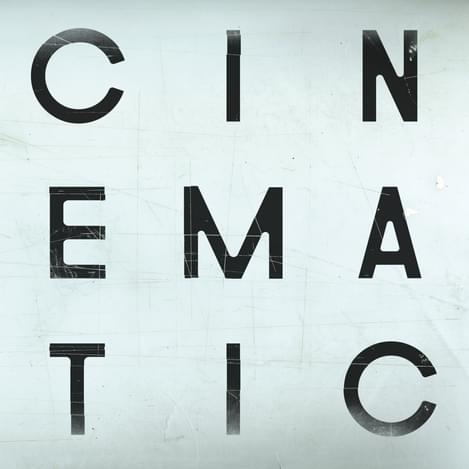The Cinematic Orchestra embrace polish at the expense of their roots
"To Believe"

The Cinematic Orchestra’s first three albums trod the path between jazz, pop and electronica, at a time where the music critic’s gaze was still broadly pointed at guitars (the year Every Day came out, Interpol held Pitchfork’s album of the year). Motion’s lush arrangements and intriguing rhythms introduced Cinematic Orchestra’s unique blend of jazz and electronica in 1999. Every Day followed it up four years later, opening the door to broader tastes by adding some vocal tracks, and Ma Fleur five years after that pushed even harder on pop’s door with features from experimental pop balladeer Patrick Watson amongst others. These three albums provided a cornerstone for mainstream artists to be more interesting and jazz artists to seek broader audiences. They were a gateway to a whole Ninja Tune catalogue of “nu jazz”. They were, and are, brilliant records.
But the decade that Every Day and Ma Fleur thrived in feels long ago. A lot has changed since. What’s clear is that the face of UK jazz is now substantially evolved. It is a golden age for jazz right now, with not just a thriving scene, but broad recognition. Jorja Smith with Ezra Collective, Kamasi Washington, Cinematic’s live tour support of Moses Boyd, Yazmin Lacey, the rise and rise of Gondwana, Brownswood, Rhythm Section, Brainfeeder, many others. Gone is the tokenistic Mercury prize jazz nomination; Sons of Kemet were one of the favourites last year. The stampede of jazz is unrelenting. But where does Cinematic Orchestra stand now that jazz music has truly arrived?
The answer is, further than ever from their jazz roots. Cinematic Orchestra have slowly become more like their name suggests: cinematic. You can trace a path away from jazz through each concurrent CO album, but since Ma Fleur’s dabbles in strings, emotion and ballads, the band has released trickles of new music that leaves less space for drums and keys, more for electronics and strings. “Manhatta”, “Arrival of the Birds & Transformation”. Even “Lapis”, with the dearly missed Brainfeeder prodigy Austin Peralta, is foremost a soundtrack than a jazz piece. These are all beautiful songs - but they serve a different purpose to the music that came before. They accompany visuals. They benefit from a context outside of just audio. So how do you take this sound, and make it into an album that can stand on its own? This is what To Believe attempts; whether it succeeds is questionable.
Rather than stepping out from jazz and finding new space, To Believe instead sounds sort of lost, in a vacuum between electronica, inoffensive pop, ambient, downtempo, classical - but not quite having a foot in any.
It means that the album alludes categorisation, but also a clear listening context. It’s undeniably beautifully crafted, from Moses Sumney’s first vocal to Heidi Vogel’s last. Miguel Atwood Ferguson brings some beautiful arrangements. It behaves like an album - well thought out from start to finish, each track feeding the next. But the increase in strings has led to a drastic reduction in energy, particularly due to a lack of rhythmic elements. Tracks meander, swell, and ebb - but rarely excite. From the jilted runs of “Night of the Iguana”, to “Flite”’s off-kilter momentum, to “As the Stars Fall” - CO have always had moments of energy to intersperse with their softer side. But aside from the climactic, if relatively safe conclusion to “A Promise”, rhythmic intrigue has been sucked out of To Believe wholesale, percussion pushed right down in the mix.
Whilst a focus on arrangement has worked on their songs in the past, a whole album of the stuff puts a lot of pressure on those features. For moments, To Believe sours in aching wonder. At others, it sounds like Jon Hopkins stumbled through a string section towards the Classic FM playlist. To Believe falls short of pure orchestral beauty, but has now stepped too far from jazz to be welcomed there. This natural movement away from jazz has led them to a sort of awkward middle ground. It feels like To Believe is a beautiful soundtrack to a film we don’t have the visuals for. And it’s just not quite enough on its own.
Get the Best Fit take on the week in music direct to your inbox every Friday

Lorde
Virgin

OSKA
Refined Believer

Tropical F*ck Storm
Fairyland Codex





